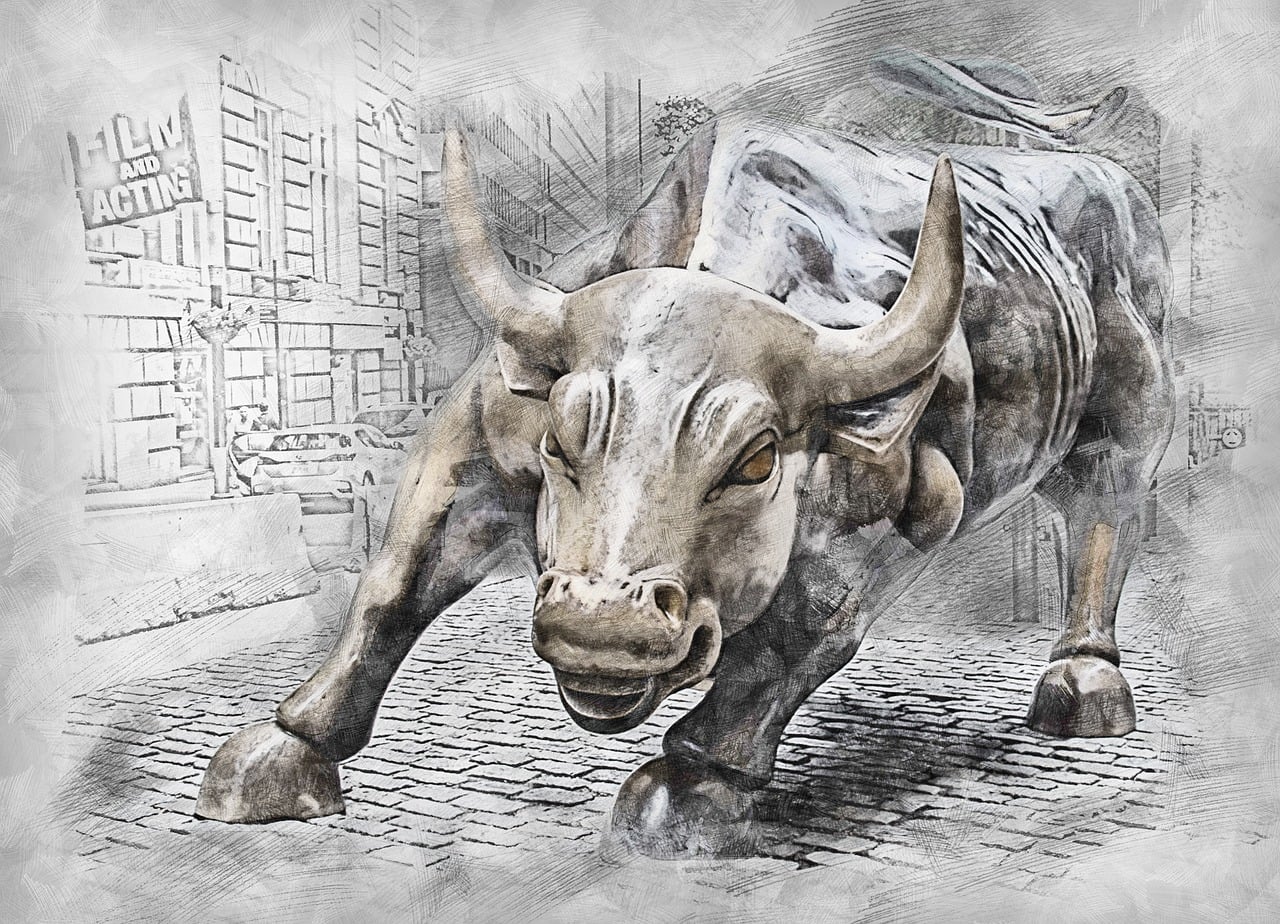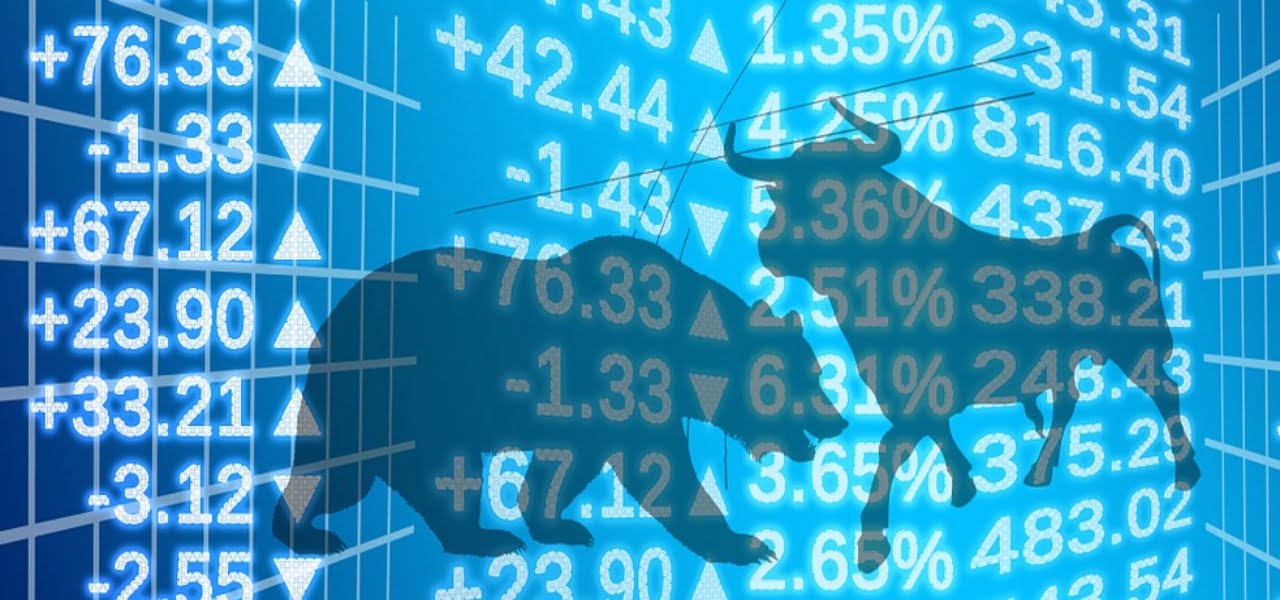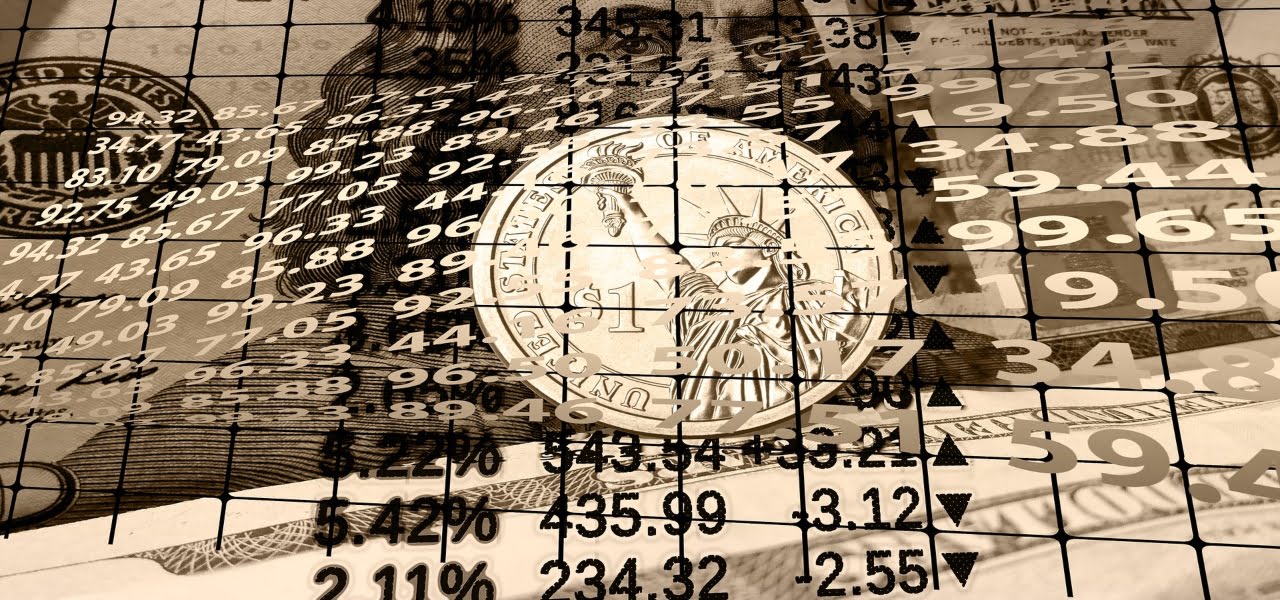In the last few centuries, stock markets have become one of the essential constituents of the world market. A stock exchange is a regulated marketplace where other financial securities such as stocks, bonds, and warrants are bought and sold. Here we are going to trace their origins and look at the top 10 oldest stock exchanges in the world.
The Birth of Stock Exchanges
The stock market systems didn’t start facilitating the purchase and sale of equities from inception. The first exchanges didn’t trade even a single stock for centuries. Back in the 11th century, French businessmen, brokers, and investors managed and traded agricultural debts across the country on behalf of banks. The merchants of Venice began selling government bonds in the 13th century.
As the decades went by, moneylenders across Europe traded debts such as state loan stocks among one another. One moneylender could exchange their high-risk, high-interest loan for a low-risk loan with another moneylender. They would also trade in government debts. These developments laid the groundwork for future stock exchanges.
The first proper exchange arrived in Antwerp, Belgium, in 1531. Brokers, moneylenders, and other business people would gather to issue and trade the government, business, and individual debts. But Antwerp and other early stock exchanges had no real stocks. The first-ever stock exchanges that traded real equities was established several decades later. People would gather in coffee shops or under the trees to trade equities on were handwritten sheets of paper.
These are the top 10 oldest stock exchanges in the world:
10- Bombay Stock Exchange, 1875
Established in 1875, the Bombay Stock Exchange is the oldest in Asia. It is also one of the world’s largest exchanges with a market capitalization of $2.1 trillion. As India’s economy has grown, so has the importance and prominence of the Bombay Stock Exchange. Many U.S. value investors have looked to exchanges such as the BSE for value as the U.S. markets have become more crowded. The Indian government officially recognized the Bombay Stock Exchange in 1957, a decade after the country’s independence.
The most prominent companies trading on the BSE by market cap are as follows; Reliance Industries, Tata Consultancy Services, HDFC Bank, Hindustan Unilever, Infosys, Housing development Finance Corporation and ICICI Bank.
9- Toronto Stock Exchange, 1861
Canada established its first exchange on October 25, 1861, when 24 brokers gathered at the Masonic Hall to create a market system. The Toronto Stock Exchange had 13 listings in its first year. Currently owned by TMX Group, the Toronto Stock Exchange is one of the largest in the world with a market capitalization of $2.1 trillion and more than 2,200 listed companies. The Toronto Stock Exchange owners tried to merge itself with the London Stock Exchange in 2011 but failed to get the shareholders’ approval.
The TSX is the first stock exchange in Canada as well as the largest stock exchange in the country.
8- Madrid Stock Exchange, 1831
Bolsa de Madrid was founded in 1831 in the capital city of Spain. The Madrid Stock Exchange is located in a historic 19th-century building. It switched to all-electronic trading for fixed income securities in 1993. The Madrid Stock Exchange has about 1,500 listed companies with a combined market capitalization of 1.27 trillion euros. The Madrid Stock Exchange is owned by Bolsas y Mercados Españoles, which also controls Barcelona, Valencia, and Bilbao stock exchanges.
7- Frankfurt Stock Exchange, 1820
The Frankfurt Stock Exchange has a market cap of about $1.8 trillion, making it one of the world’s largest stock exchanges. Though it was formally established in 1820, it has a much longer history. Its origins can be traced back to the medieval trade fairs in the 11th century. The Frankfurt Stock Exchange was established in 1585 when the trade fair merchants decided to set up fixed currency exchange rates.
The most prominent companies trading on the exchange include; SAP, Linde, Allianz, Volkswagen, Siemens, BASF, Deutsche Telekom, and Daimler.
6- New York Stock Exchange, 1817
The New York Stock Exchange is the largest in the world, with a market capitalization of $22 trillion. Some of the world’s largest corporations are listed here. Unlike the London Stock Exchange and many other exchanges, the exchange began trading stocks from the first day of its launch in 1817.
Due to its strategic location and little domestic competition, it quickly became the most influential exchange in the United States. However, the New York Stock Exchange has been facing tough competition from NASDAQ, which was founded in New York City in 1971 and is the second-largest stock exchange in the world.
Many of the world’s most iconic and famous brands trade on the exchange. The largest companies listed on the exchange include Berkshire Hathaway, JP Morgan Chase, Visa, Johnson & Johnson, Walmart, Bank of America Corporation, Proctor and Gamble Company, and Mastercard.
5- Milan Stock Exchange, 1808
Founded in 1801, Borsa Italiana is the only stock exchange in Italy. It is currently owned and operated by the London Stock Exchange Group. Just like Wall Street has the iconic charging-bull statue, the Milan Stock Exchange has a giant marble middle finger. Italian artist Maurizio Cattelan created the 36-foot middle finger sculpture. The exchange is regulated by Commissione Nazionale per le Società e la Borsa (CONSOB) under the control of Italy’s Ministry of Economy and Finance.
Recently, the Milan Stock Exchange was purchased by Euronext from the London Stock Exchange group. The deal is expected to close sometime in 2021 and is the latest in a consolidation war between the Euronext and LSE rivals.
4- London Stock Exchange, 1801
Founded in 1801, the London Stock Exchange is one of the world’s largest and oldest exchanges. Companies were not allowed to issue shares until 1825; this policy hurt its growth in the initial years. Today, it has more than 3,000 listed companies with a combined market value of $3.76 trillion. It was the world’s largest exchange until the end of World War I when the NYSE dethroned it.
The exchange should not be confused with the Royal Exchange, which is also located in London and conducts the trading of securities.
The future of the London Stock Exchange has been one of the main focuses as the U.K. attempts to leave the European Union. There is a worry that the Frankfurt Stock Exchange will dethrone the London Stock Exchange as the largest stock exchange in Europe.
3- Philadelphia Stock Exchange, 1790
Many believe the NYSE to be the first stock exchange in the United States, but the Philadelphia Stock Exchange holds that title. It was initially called the Board of Brokers of Philadelphia when founded in 1790. Its name was changed to the Philadelphia Stock Exchange in 1875. The exchange merged with competitors from Baltimore and Washington in the middle of the 19th century. However, the long history of this exchange ended a few years ago. In 2007, it was acquired by the NASDAQ OMX Group for $652 million.
2- Paris Stock Exchange, 1724
The Paris Bourse was founded in 1724 and is the second oldest exchange in the world. Today, the Paris Stock Exchange has more than 1,000 listed companies with a combined market cap of $2.9 trillion. The Paris Stock Exchange was merged in September 2000 with the Amsterdam, Brussels, and Lisbon exchanges to form Euronext. The exchange is now known as Euronext Paris.
The Paris Exchange is still a formidable giant and is the second largest stock exchange in Europe. The Cotation Assistée en Continu, better known as the CAC 40, is used as a benchmark for funds listed on the exchange.
1- Dutch East India Company, 1602
According to Guinness World Records, the Amsterdam Stock Exchange is considered the oldest in the world. Currently known as Euronext Amsterdam, it was founded in 1602 by the Dutch East India Company to deal in its printed equities and bonds. The Euronext Amsterdam the first exchange to formally start trading in stocks and bonds. The Amsterdam Stock Exchange holds the crown of the world’s first publicly-traded company. Each investor was entitled to part of its profits. The Amsterdam Bourse paid an average dividend of 16% per year for nearly half of the 17th century. The Netherlands based stock exchange currently has a trading volume of 707,826,418 euros in cash markets.
But is the Amsterdam Stock Exchange truly the first stock exchange? As noted above, trading on exchanges started much earlier. Indeed, people were trading assets thousands of years ago in the times of the Roman Empire. A better way to categorize the Amsterdam Stock Exchange would be as the oldest of the stock exchanges in the world which are still operating.
FAQs
How old is the N.Y. stock exchange?
The New York Stock Exchange was founded in 1817 and is one of the oldest stock exchanges in the world. However, the NYSE is not the oldest stock exchange in America; that title is held by the Philadelphia Stock Exchange, founded in 1790.
What is the most expensive stock in the world?
Warren Buffett’s Berkshire Hathaway Class A shares are the most expensive stock in the world. Berkshire A stock costs a hefty $327,401 per share. In comparison, Berkshire Hathaway B shares cost $227 a share.
What was the first stock index?
Created by Charles Dow in 1884, the Dow Jones Transportation Index is the first-ever to be listed on stock exchanges. The indicator consists of 11 transportation equities, most of which were train companies. The securities are still around at trade on the New York Stock Exchange as ticker DJT.
What is the oldest stock exchange in America?
The first stock exchange in America is the Philadelphia Stock Exchange. The Philadelphia Stock Exchange was in existence till the NASDAQ purchased it in 2007 for just under $700 million.
What was the worst stock market crash in history?
The market crash of October 1929 is considered the worst ever. Stockbrokers started selling stock on October 24, 1929, in a frenzy that did not entirely end for years. The crash led to new rules regarding stock dealings, stockbrokers, and securities trading.
Conclusion
Stock exchanges have come a long way since the early times of crude trading thousands of years ago. The 19th century saw the rise of regulation, such as the Securities Contracts Regulation Act in India, which tightly regulated the exchange rules. In America, the most significant exchange laws came when in the aftermath of the market crash of 1929, with the Securities Act of 1933. While the Chamber of Commerce and others have opposed most of these efforts, the public has embraced control of exchange rules. There has also been the voluntary improvement of stock exchange regulation with the association of brokers such as the NAS attempting to standardize conduct.
The future of stock markets points to further computerized trading. Indeed, what was all human is now done by machine and many times bought and sold using high-frequency trading tactics. Furthermore, as artificial intelligence increases in its productivity, we can expect decisions to be made with less human input.







